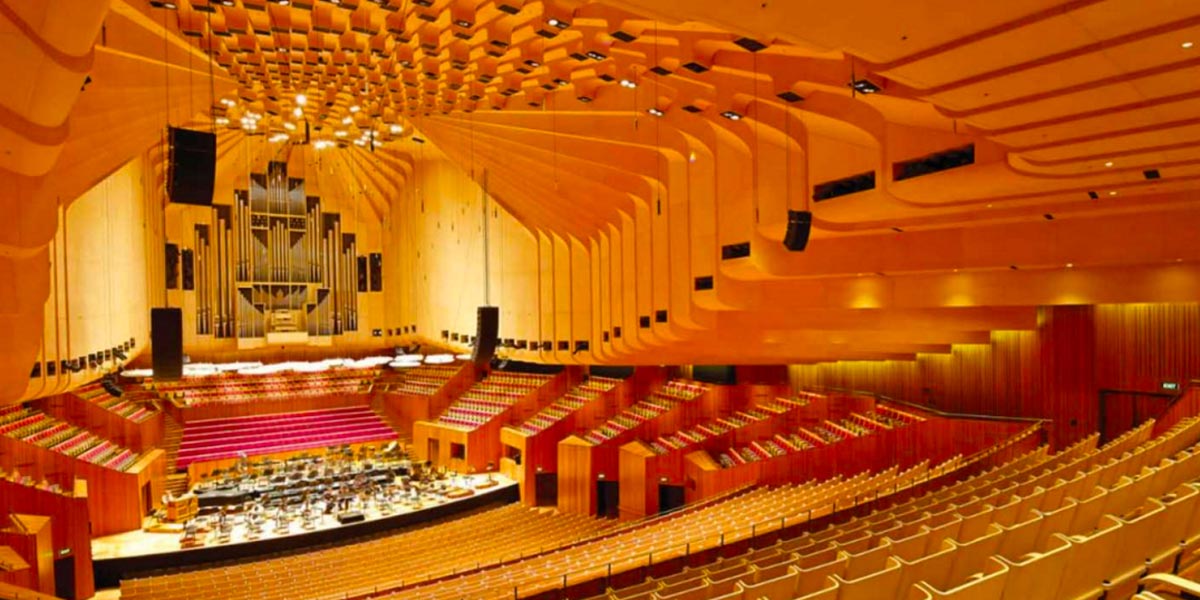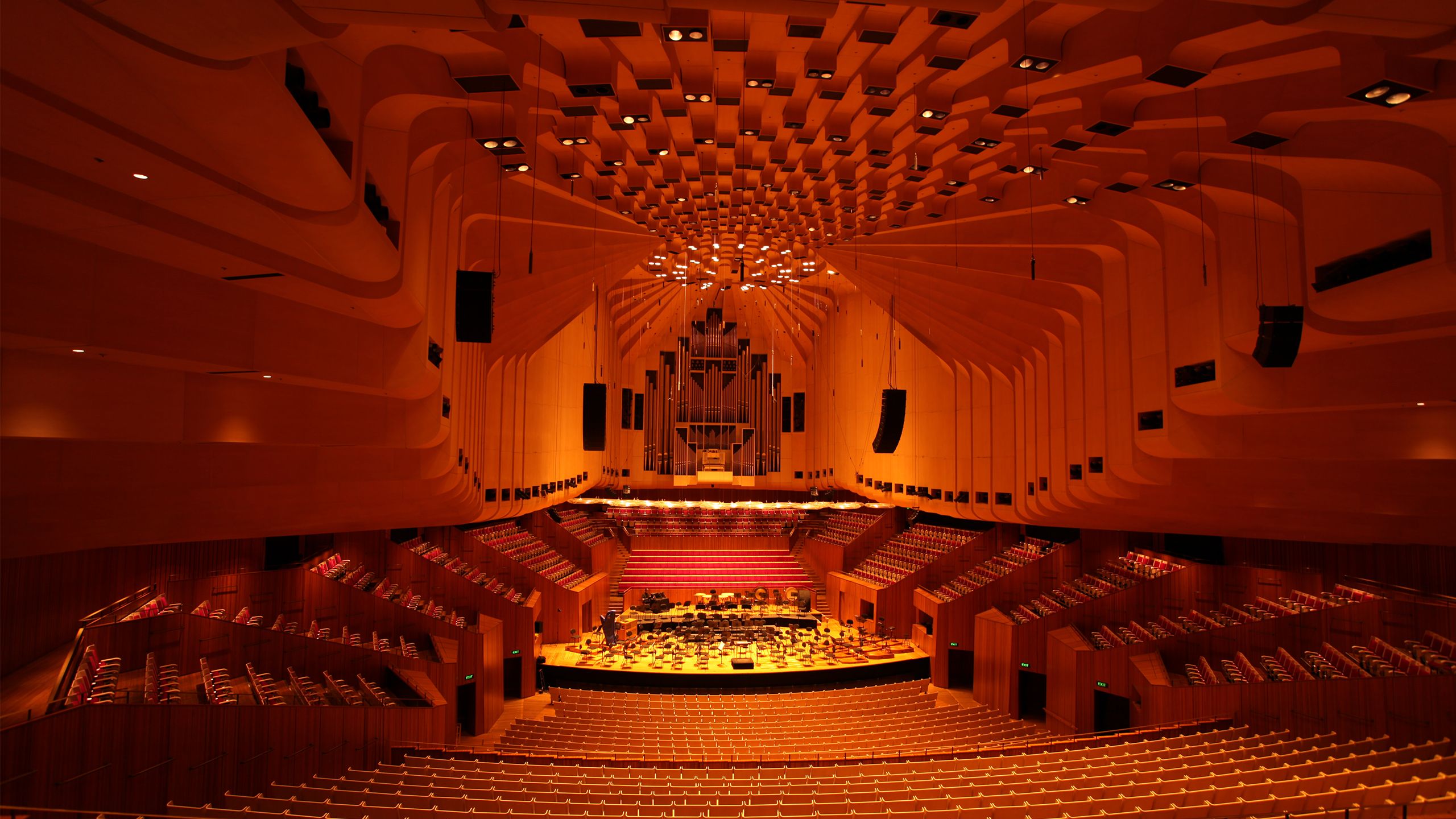Opera house concert halls stand as architectural marvels, renowned for their exceptional acoustic properties and captivating performances. From the grandest stages to intimate venues, these spaces are designed to amplify the power of music and create unforgettable experiences for audiences worldwide.
The unique architectural features of opera houses, such as horseshoe-shaped balconies and domed ceilings, contribute to their remarkable acoustics. These design elements enhance sound reverberation, ensuring that every note reaches the audience with clarity and richness.
Opera House Acoustics

Opera houses are designed to provide exceptional acoustic experiences, allowing audiences to fully appreciate the beauty and power of operatic performances. The unique architectural features of these venues contribute to their remarkable sound quality, ensuring that every note and nuance reaches the audience with clarity and impact.
Architectural Features Contributing to Excellent Sound Quality
The shape and design of an opera house play a crucial role in its acoustics. The auditorium is typically horseshoe-shaped, with a proscenium stage at one end and balconies and boxes surrounding the seating area. This shape helps to focus and direct sound towards the audience, reducing reverberation and creating a more intimate listening experience.
The materials used in the construction of an opera house also influence its acoustics. Hard surfaces, such as wood and marble, reflect sound waves, while soft surfaces, such as curtains and upholstery, absorb sound. The careful balance of these materials helps to create a warm and resonant acoustic environment.
Examples of Famous Opera Houses Known for Their Acoustics
Some of the most famous opera houses in the world are renowned for their exceptional acoustics. These include:
- La Scala, Milan, Italy:Known for its warm and enveloping sound, La Scala is considered one of the most prestigious opera houses in the world.
- Vienna State Opera, Vienna, Austria:The Vienna State Opera is famous for its rich and reverberant acoustics, which enhance the beauty of the Viennese operatic repertoire.
- Royal Opera House, London, England:The Royal Opera House has undergone several renovations to improve its acoustics, resulting in a clear and balanced sound that is ideal for both opera and ballet performances.
Concert Hall Design: Opera House Concert Hall
Concert hall design plays a crucial role in delivering an immersive musical experience. From acoustics to seating arrangements, every aspect is meticulously considered to enhance the performance and the audience’s enjoyment.
Concert halls are designed with specific purposes in mind, leading to different types of venues. Traditional shoebox-shaped halls are known for their acoustic excellence, while fan-shaped halls offer greater visibility for the audience. Multipurpose halls provide flexibility for a range of events, including concerts, conferences, and exhibitions.
The Mavericks vs. Clippers game last night was a thrilling one, with the Mavericks ultimately coming out on top. The game was close throughout, but the Mavericks pulled away in the fourth quarter to secure the victory.
Latest Trends and Innovations
Concert hall design is constantly evolving, with architects and acousticians embracing innovative approaches to improve the experience for both performers and attendees.
In other news, Harvey Weinstein has been released from prison after serving 23 months of a 23-year sentence for rape and sexual assault.
- Advanced Acoustics:Computational modeling and advanced materials are used to optimize sound quality, reducing reverberation and ensuring clarity.
- Flexible Seating:Retractable or movable seating allows for customizable configurations, adapting the hall to different types of performances and audience sizes.
- Immersive Technologies:Digital projections and multi-channel sound systems enhance the audience’s sensory experience, creating a more engaging and immersive environment.
Opera and Concert Performances

Opera and concert performances are two distinct forms of musical entertainment that share some similarities but also have key differences. Both involve live music, but opera typically features singing and acting, while concerts focus primarily on instrumental music.
One of the most notable differences between opera and concert performances is the scale of the production. Operas are typically large-scale productions that involve a full orchestra, a chorus, and a cast of singers. Concerts, on the other hand, can range in size from small chamber ensembles to large orchestras.
Another key difference between opera and concert performances is the nature of the music. Opera music is typically more complex and demanding than concert music. Operas often feature elaborate melodies, complex harmonies, and intricate rhythms. Concert music, on the other hand, is often more straightforward and accessible.
Finally, opera and concert performances differ in terms of the audience experience. Operas are typically performed in large opera houses, while concerts can be performed in a variety of venues, including concert halls, churches, and even outdoor amphitheaters. The atmosphere of an opera performance is often more formal than that of a concert performance.
, Opera house concert hall
Despite their differences, opera and concert performances share some important similarities. Both forms of musical entertainment require a high level of skill and musicianship. Both can be deeply moving and inspiring experiences. And both can play an important role in our cultural lives.
, Opera house concert hall
Here is a table comparing the similarities and differences between opera and concert performances:
| Characteristic | Opera | Concert |
|---|---|---|
| Scale of production | Large-scale, with full orchestra, chorus, and cast of singers | Can range in size from small chamber ensembles to large orchestras |
| Nature of the music | Complex and demanding, with elaborate melodies, complex harmonies, and intricate rhythms | More straightforward and accessible |
| Audience experience | Typically performed in large opera houses, with a more formal atmosphere | Can be performed in a variety of venues, with a more informal atmosphere |
, Opera house concert hall
Here are some examples of notable opera and concert performances:
- Opera:La Traviata by Giuseppe Verdi
- Concert:Beethoven’s Symphony No. 9
- Opera:The Marriage of Figaro by Wolfgang Amadeus Mozart
- Concert:Brahms’s Piano Concerto No. 1
- Opera:Carmen by Georges Bizet
- Concert:Tchaikovsky’s Violin Concerto
Final Conclusion
Opera house concert halls continue to evolve, embracing modern design innovations to enhance the concert experience. These venues are not merely performance spaces but also architectural wonders that embody the passion and artistry of the performing arts.
Helpful Answers
What are the key elements of concert hall design?
Concert hall design involves careful consideration of acoustics, seating arrangements, stage design, and overall aesthetics to create an optimal environment for musical performances.
How do opera houses differ from concert halls?
Opera houses typically feature horseshoe-shaped balconies and domed ceilings to enhance sound reverberation, while concert halls often have more rectangular designs with adjustable acoustics to accommodate various musical genres.
What are some notable opera houses known for their acoustics?
The Sydney Opera House, the Metropolitan Opera House in New York City, and the Teatro alla Scala in Milan are renowned for their exceptional acoustics, which have contributed to their legendary status in the world of opera.